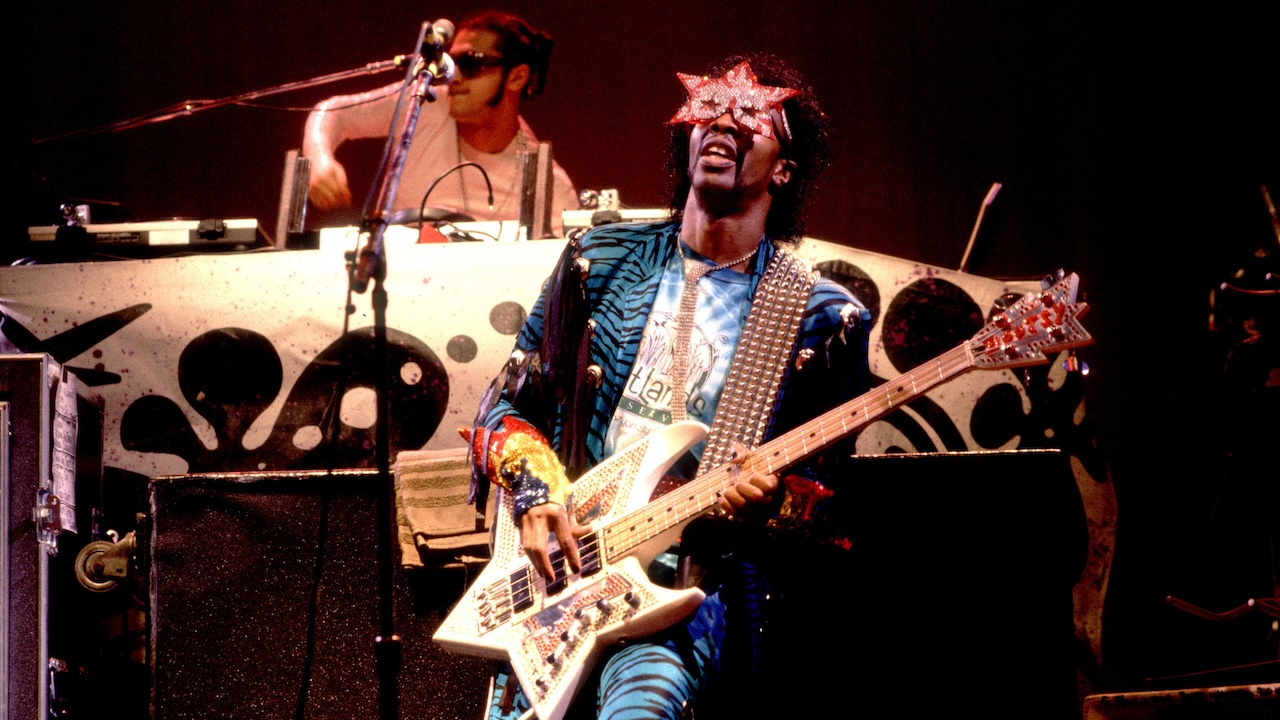“We never claimed to be virtuosos, we were virtu-no-sos! Call them overdubs or call them replacing things that weren’t up to snuff. I make no apologies”: Paul Stanley on the success (and controversies) of Kiss' Alive! and the band's upcoming unmasked gig
The Kiss star discusses the 50th anniversary of one the most legendary live rock albums ever made, why he’s recently been playing more acoustic than anything else, and why the band’s controversial avatars aren’t really avatars at all
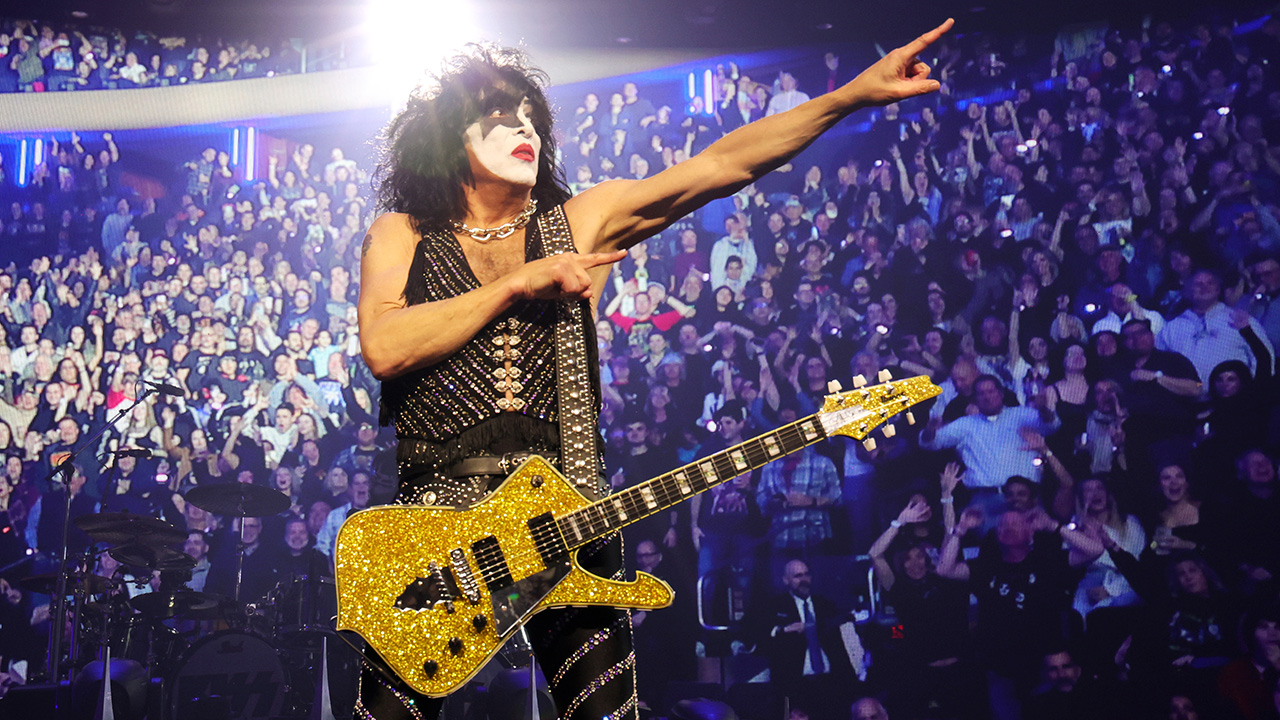
Paul Stanley recalls Kiss’ 1975 live record, Alive!, as lifting the band to stardom and being “the beginning of a rollercoaster ride.” The Starchild adds: “When the chain and the pulley is bringing the coaster to the top, and you know what’s ahead, all you can do is hold on.”
Their first three albums – 1974’s Kiss and Hotter than Hell, and 1975’s Dressed to Kill – hardly dented the charts while critics and peers sneered at their bombastic, kabuki-clad image. But despite its studio additions, Alive! captured the essence of Kiss at their brimming-with-energy best. “If it was a court, I’d say the defense rests,” Stanley comments.
Kiss have been off the road since wrapping up their End of the Road tour in December 2023. Stanley says he’s taken a break from guitar, but his instruments are never far from his grasp.
“I've found myself strumming acoustics more. Next to the bed I’ve got a great Les Paul, and I’ll pick that up too.
“But I haven’t played anywhere near as much,” he admits. “I guess after however many years of playing, I just wanted a breather. But it’s never far from me and I know I’ll be spending more time on it soon.”
In November, Stanley and his bandmates Gene Simmons and Tommy Thayer will take part in the Kiss Storms Vegas fan event, performing without makeup. Former guitarist Bruce Kulick will also be there along with a boatload of other period-correct acts.
“I’m excited about getting together and playing,” Stanley says. “Getting to give everything a rest – my body and my voice – has been great. But I look forward to getting back out onstage.”
All the latest guitar news, interviews, lessons, reviews, deals and more, direct to your inbox!
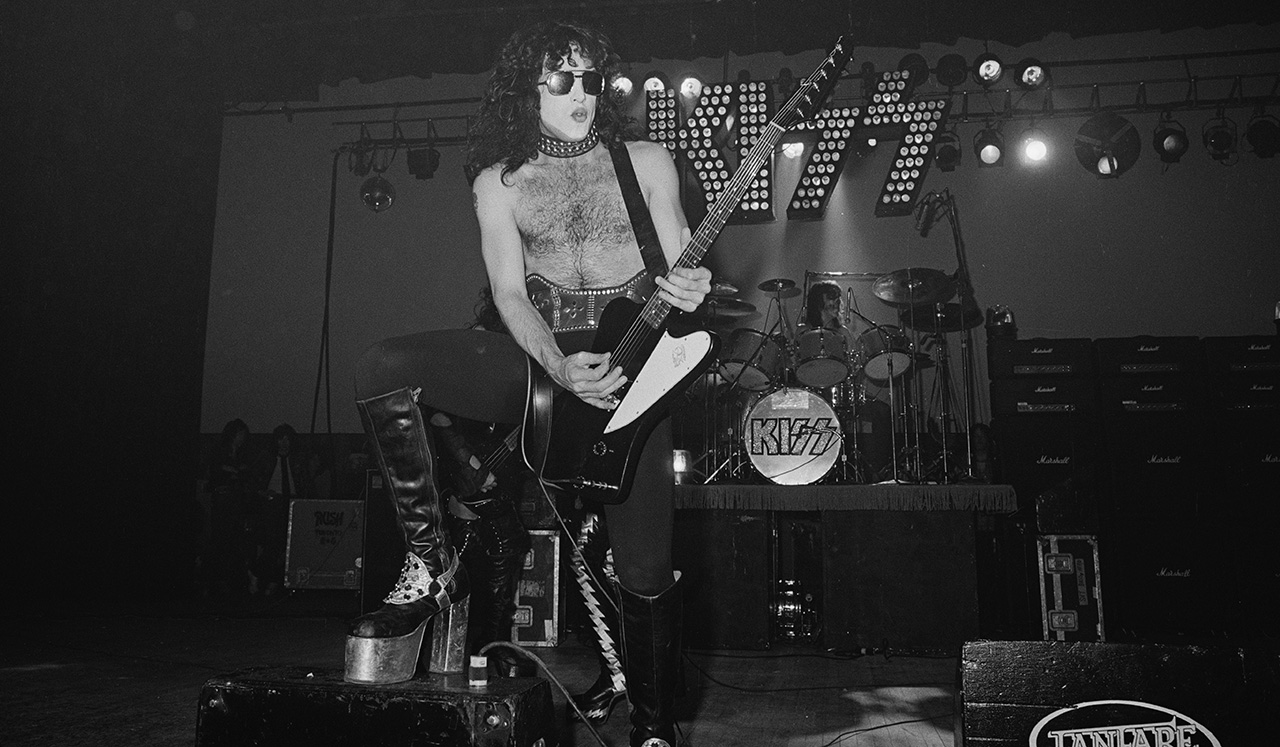
Kiss are celebrating the 50th anniversary of Alive! For many it’s the greatest live rock record of all time. How do you measure its importance?
“It broke incredible ground for us. We were building this rabid following, and yet we weren’t selling albums that reflected that. Alive! was a sonic souvenir where people could go home and say, ‘That’s what I saw and that’s what I heard!’”
There had been some live albums to that point, but they weren’t commonplace. Alive! changed that.
“When we did it, certainly, it was considered not acceptable to work on those recordings in a studio. But honestly, up until then, you only knew that an album was live when you heard some applause at the end of a song!
“We wanted to create the experience that you had at a Kiss show. For that, we had to surround you with other people. We had to find a way to make explosives that usually squash down a mic. We had to, I guess, enhance it so that it more [accurately] replicated the experience.
“Nobody wants to hear somebody break a string every time they listen to a song; nobody wants to hear a wrong chord. Alive! is thought of in the way it is because it captures a live experience. That can’t be done with just a bunch of microphones and a band – it just doesn’t happen.”
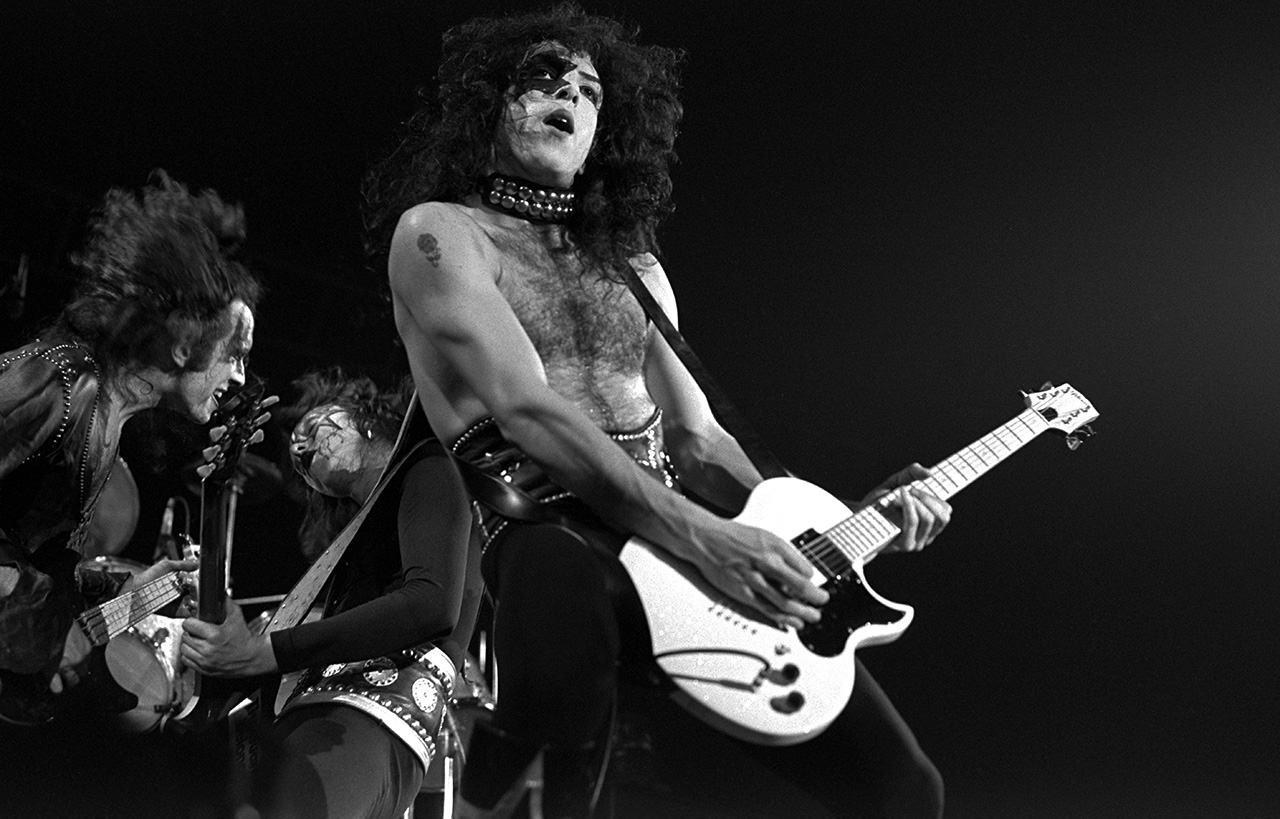
Purists may complain that Alive! features overdubs, but Alive! does an excellent job of capturing who Kiss were as a band in 1975.
“When people go to a show, they not only hear with their ears; they hear with their eyes. Both can be more forgiving when you’re at a live event, even when you look at it later under a microscope.
“We never claimed to be virtuosos – we were virtu-no-sos! What we captured was the power, the passion, and the commitment to our audience, and theirs to us. Call them overdubs or call them replacing things that weren’t up to snuff. I make no apologies; the album has stood the test of time, and if you don’t like it, you probably don’t like us.”
In the very early days I needed free gear; that’s sometimes why people do endorsements. I wasn’t looking for that. I was looking for a guitar I would love
What was it like as a young man on the road in the wake of Alive!?
“It was overwhelming. It was intimidating. It was exciting. It was almost a feeling of helplessness, in the sense that what was about to happen was unstoppable. We had created something – a moment – and all we could do at that point was hold on.”
Many critics and peers had looked down on Kiss up till then. Did you notice a change after success came?
“Not really. I think, until you’ve seen a band live – and I’m talking about a lot of bands, and musicians who are held in high esteem – you don’t get it. When you see them, there’s no getting around it. You throw away any prejudices or preconceived ideas you had and it’s undeniable.”
You mostly played Gibsons during that era. Why?
“I grew up in a time where, almost any weekend, I’d pay four or five dollars and see Humble Pie, Led Zeppelin, the Yardbirds, or Derek and the Dominos. And most of the bands I saw were Gibson players.
“But perhaps because I started on acoustic guitar, the idea of a neck being bolted onto another piece of wood seemed almost contradictory to something a little more organic. My first good electric guitar was an SG Les Paul, then a double-cut Special. So my roots are in Gibson.
“And now, what [president] Caesar Gueikian and [director] Mark Agnesi have done at Gibson is beyond commendable. I remember with heartbreak when Norlind was running the show.”
You started playing Ibanez guitars in the late 70s. Not many people in America used them at the time. What led to that change?
“When I was in Japan and met with Hoshino, the Ibanez people, I saw quality – I saw real, quality instruments. Whether it was Greco or Tokai Love Rocks Les Pauls, they, at that point, were making better Les Pauls than Gibson was.
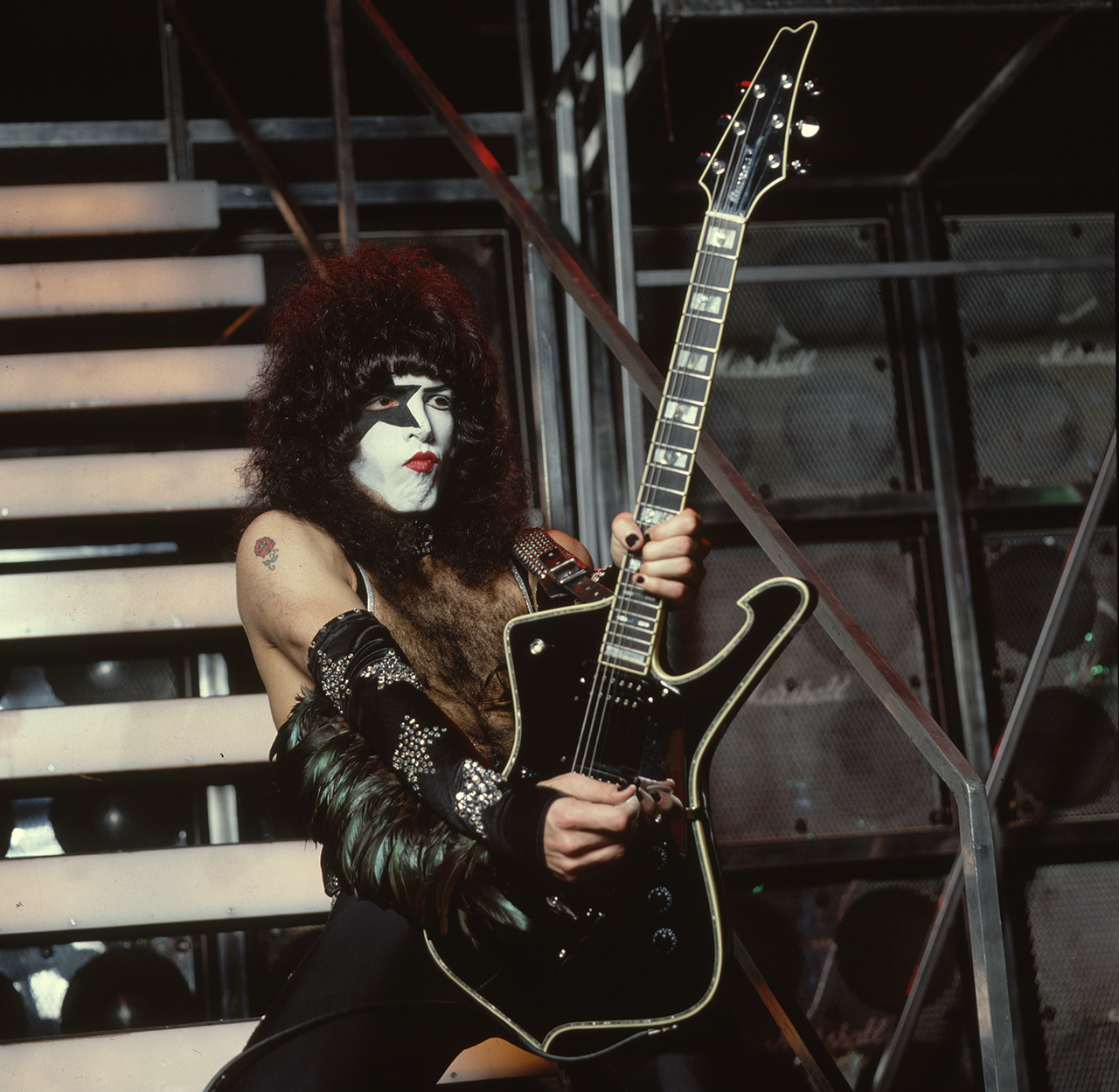
“The Japanese knew how to make a great guitar. I’m not sure they understood why they did certain things – I think they were just emulating and copying. But they were very open to a real collaboration, as opposed to an endorsement.”
Is that what brought about your signature Ibanez PS-10, at a time when signature guitars weren’t so common?
“I – except in the very early days, [when I] needed free gear… and that’s sometimes the reason that people do endorsements – wasn’t looking for that. I was looking for a guitar that I would love. And the PS-10 – in the best ways, as a compliment – is based on my templates, and a lot of them came from my old Gibson guitars. The neck on my guitar is just fantastic; it’s based on one of my old Gibson guitars. The frets and the whole layout harken more toward those classics.
I saw a beautiful J-200 and I thought, ‘Okay, here we go, another disappointment!’
“And again, Gibson went through some times when I thought that the people there were clueless. When I did meet with them, it only reaffirmed my worst thoughts. So I’ve been with Ibanez for decades, and I love my guitar.”
Some people think you play an Iceman, but the PS-10 isn’t that, is it?
“It’s certainly become iconic, but sometimes people confuse it or interchange the Iceman and the PS-10. They’re not, by any stretch of the imagination, the same guitars.”
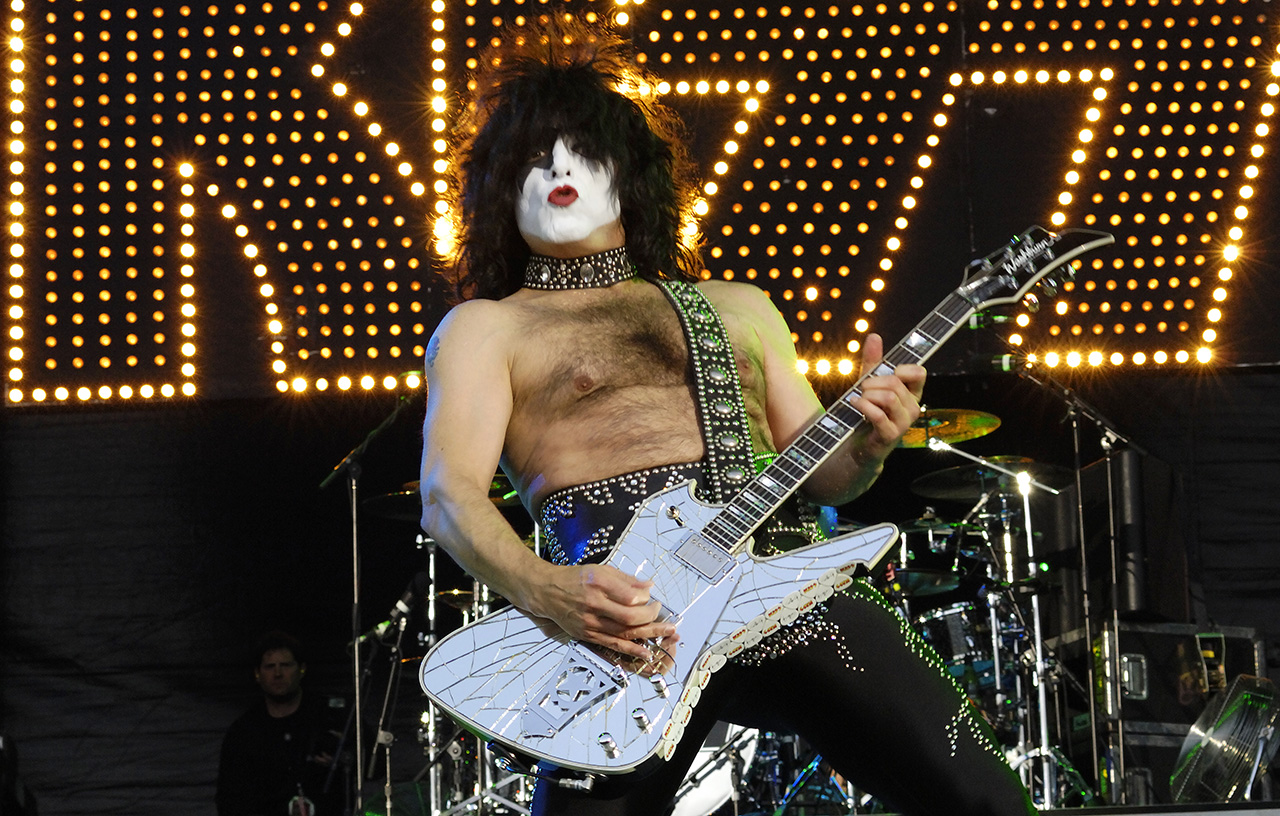
Since Kiss finished touring, how do you keep your chops up?
“I took a real break without consciously deciding to do that; most people who play guitar sometimes need to put it down. But other than the agility that comes from playing every day, there’s a lot of muscle memory involved, and that doesn’t go away. It’s fascinating how I can just pick up a guitar and play I Want You or C’mon and Love Me or Detroit Rock City. It’s just there; It’s part of who I am.”
Have you made any interesting gear discoveries lately?
“When I was in London about eight months ago I was at the Gibson Garage. I’ve always loved J-200s – but I have to add that I’ve never found a J-200 that sounded the way it looks!
“When I was a kid I’d see everybody – quite a few classic folkies – playing them. I got a ’39 J-200 with rosewood sides and back, and I got a ’55 one with maple; and quite honestly, they’ve always disappointed me.
“At the Gibson Garage they had some of Tom Murphy’s aged acoustics. Everybody is doing the tourified tops now, which I think is a fantastic idea. I think tourification brings incredible warmth and brings qualities that usually take decades to get.
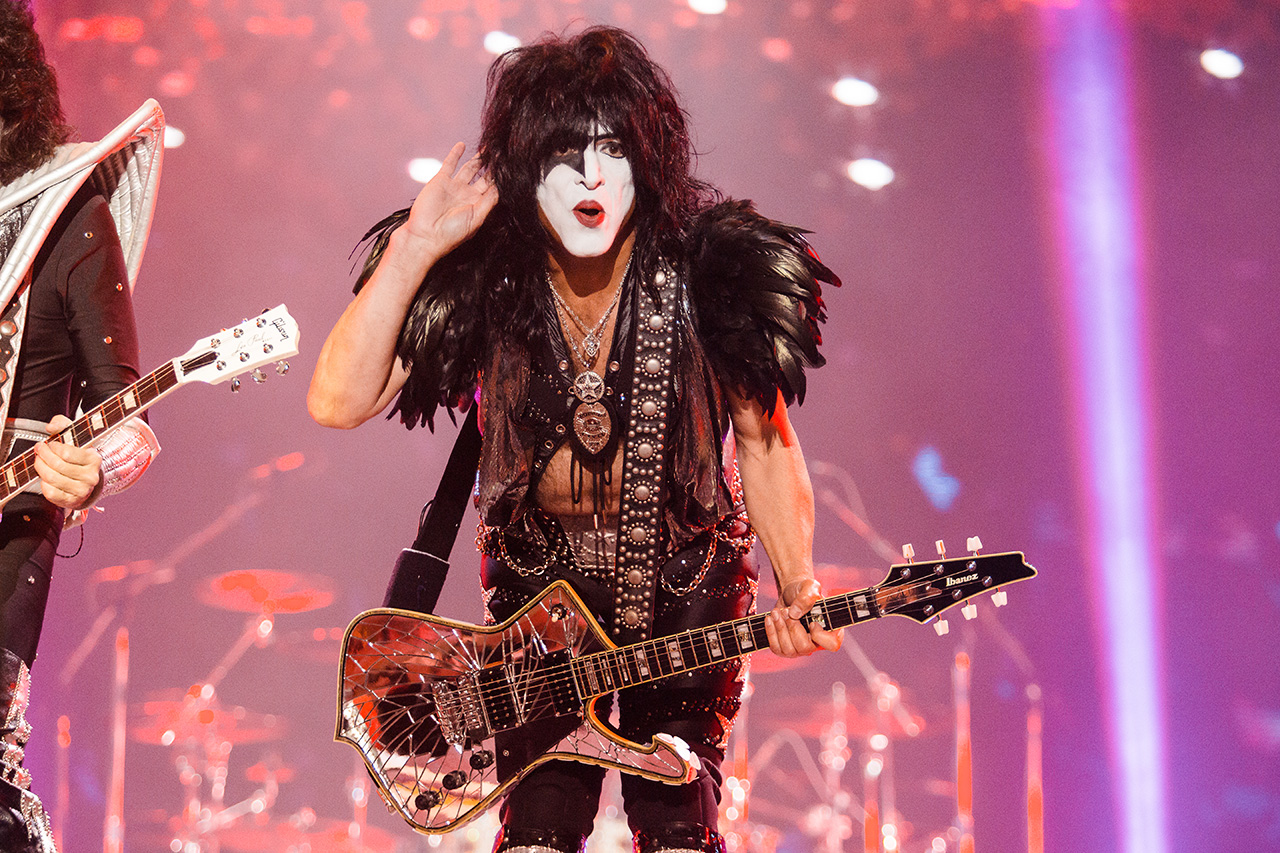
“So, I saw a beautiful J-200 and I thought, ‘Okay, here we go, another disappointment!’ But I picked it up, and it may well be the best acoustic guitar I’ve ever played. It just sounds gorgeous! And looks – beyond cosmetically, somehow, there’s an age and personality that has been transplanted into some of these guitars. I’m blown away.”
It’s been made clear that Kiss, while no longer a touring act, are by no means over. What’s next?
“We tend to hear others talking about the Kiss ‘avatars.’ We talk about them too, just for identification purposes. But these are no avatars. I don’t even know what the technical term is. But the show we’re putting together is going to be absolutely phenomenal. It’ll be like nothing – you know, nothing – that anybody would expect. That’s really, really exciting.”
- Keep up with all things Kiss at the band's website.
Andrew Daly is an iced-coffee-addicted, oddball Telecaster-playing, alfredo pasta-loving journalist from Long Island, NY, who, in addition to being a contributing writer for Guitar World, scribes for Bass Player, Guitar Player, Guitarist, and MusicRadar. Andrew has interviewed favorites like Ace Frehley, Johnny Marr, Vito Bratta, Bruce Kulick, Joe Perry, Brad Whitford, Tom Morello, Rich Robinson, and Paul Stanley, while his all-time favorite (rhythm player), Keith Richards, continues to elude him.
You must confirm your public display name before commenting
Please logout and then login again, you will then be prompted to enter your display name.

